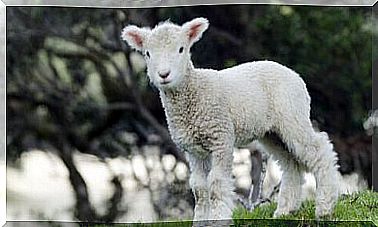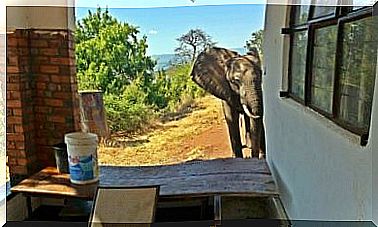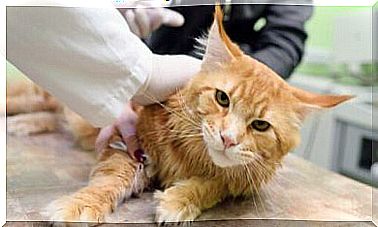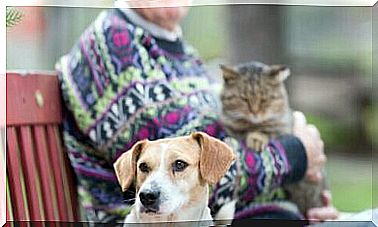The Italian Greyhound: Small And Affectionate
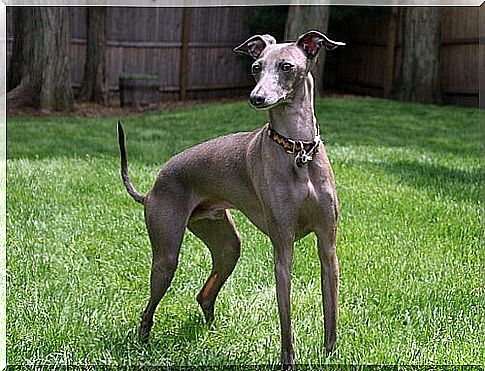
The Italian greyhound is the smallest of all the hare breeds. However , despite its meager five kilos in weight, it does not despise the rest of the races and, equally, it can reach incredible speed for its size. We’ll reveal to you all about this graceful and wonderful greyhound breed:
History of the Italian Greyhound
Like many of the breeds of hareels and podengos, the Italian greyhound (also called the ‘little Italian greyhound’) has an ancestral origin. They are believed to descend from the dogs that lived with the ancient Egyptians.
In the case of the Italian greyhound, skeletal remains were found in excavations in Greece that place them living with humans as early as 3,000 BC It is not known how they reached the Italian peninsula, but it is believed that it was shortly after that time, the which makes this breed one of the oldest ever known.
During the Renaissance, he was used as a hunter of rabbits and other small animals . They were highly valued dogs; in fact, many dogs of this breed can be seen in portraits of noblemen.
Currently, the Italian greyhound is a companion dog and is no longer used for hunting, unlike many other greyhound breeds. His affectionate personality and small size make him a very homely dog.

Physical characteristics
This breed of greyhound physically resembles its hare relatives, but is of a smaller size.
Adult specimens usually measure between 32 and 38 cm in cross and weigh only four or five kilos. It is worth noting that there are no big differences in size and weight between males and females.
Furthermore, morphologically, it is elongated but at the same time proportional; the legs are long and slender, but the body is usually the same long and tall proportion. That is, they have a square and harmonious appearance, which gives them an elegant, fragile and agile appearance.
The head is also elongated and slender, with a snout that thins until it reaches the dark colored nose, larger than that of other small-sized dogs. The ears are triangular, wide and large: they stand high above the head, folded in on themselves and extend to the nape of the neck.
Unlike what occurs with other breeds of greyhound, the back of this specimen, coming from Italy, is straight and not arched. Even so, its tail is thin and long, wider at the base.
However, the coat of the Italian greyhound is thin and thin; it is only of a soft tone and brindle colors are not sought after. It can be white, cinnamon, gray or yellow; and may have white patches on the chest and feet.
Behavior
The Italian Greyhound is an extremely affectionate dog that always wants to be by the side of its human family, asking for attention. They are extremely intelligent dogs, always willing to learn new things.
However, this is a sensitive breed of dog that gets stressed easily. They love living inside a quiet home, with predictable humans who don’t subject them to too many different emotions. They are, therefore, dogs that will be happier living with elderly and quiet people than in a house with children.
On the other hand, this breed is shy but affectionate at the same time; likewise, it is agile but not full of energy. With three quality rides a day, he’ll have his exercise needs met, so he won’t have to exercise more than on these routes, nor play stressful play.
It can also be reserved or suspicious of strangers. This is combined with the fact that, due to their small size, they are shy and fearful in unfamiliar situations.
veterinary care

The Italian Greyhound is a relatively healthy breed, which does not usually suffer from hereditary diseases. So, he will only need the health care that your veterinarian will recommend, also, you should not neglect the vaccination and deworming schedule.
As they are small dogs, and with fine and fragile bones, we must be careful because they tend to stick to their owner and we can step on them and hurt them. They are psychologically and physically delicate dogs.
As they are very thin and sensitive, they adapt poorly to low temperatures, so it is usually advisable to keep them warm on cold days. Also, we must provide a warm and comfortable place where they can spend the winter days and thus reduce the risk of contracting illnesses due to the cold.
Finally, since it is a dog whose job consisted of chasing small animals, the games of chasing objects are not recommended, as this can cause them stress. In return, he will gladly give all the affection to his human family.
